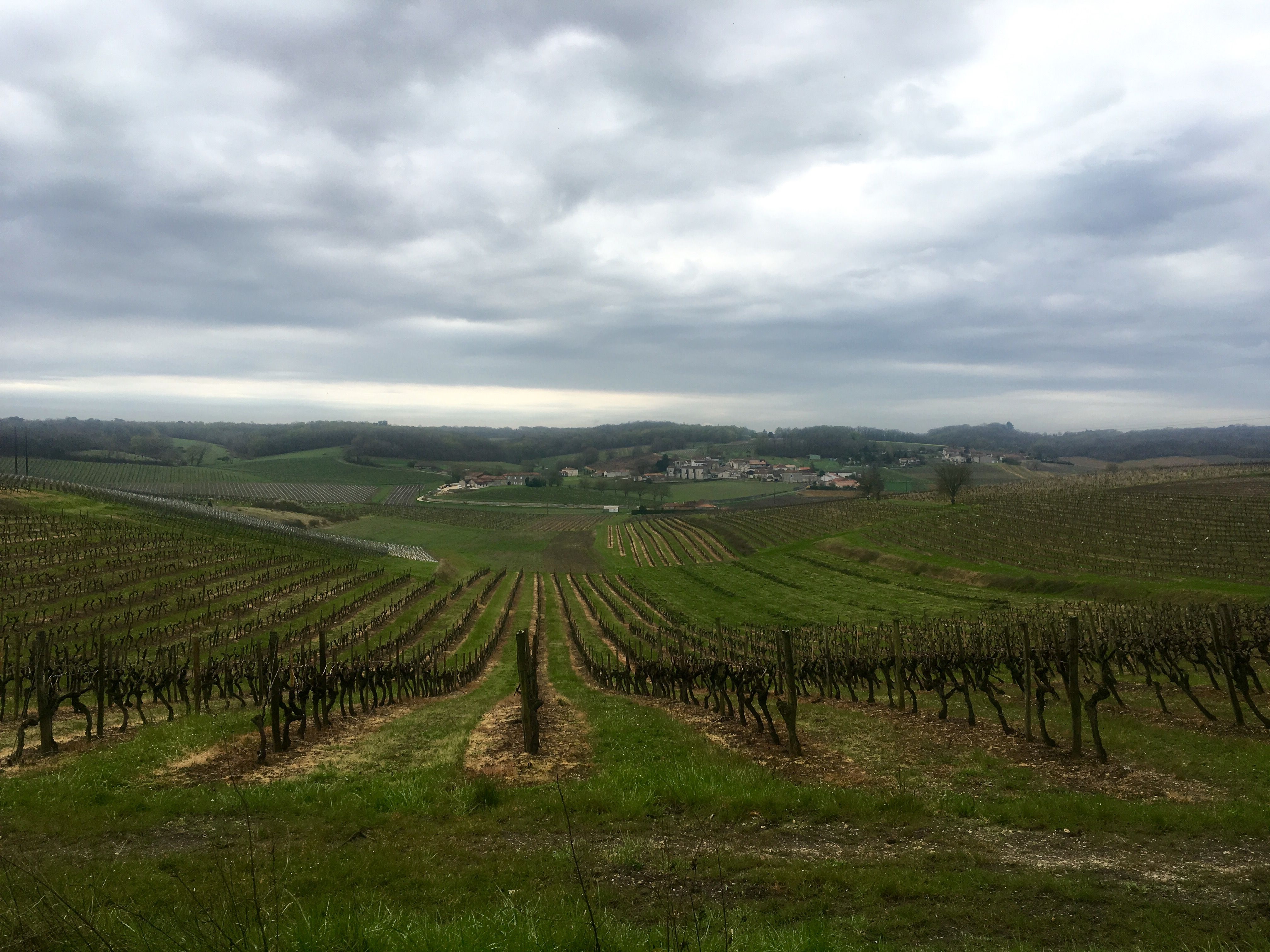In the 1700’s in the southwest of France, a young local man that spent his childhood and adult life in the vineyards decided to open his own Cognac house. This young gentleman was named Rémy Martin. Little did he know that almost 300 years later, his legacy and name would continue around the world.
The House of Rémy Martin has a long and intricate past. It is the only Cognac house to be founded by a local French winegrower and is still family owned to this day. The Heriard Dubreuil family, who bought the business in 1924, almost 200 years after it was founded, runs the house not only as a business, but also as a way to continue the legacy and craftsmanship of the brand. The house has always been blessed with an eye for quality and the luxury of time, as proven by the intricate Cognac-making process and the patience it takes to produce the spirit; sometimes over 100 years, as in the Louis XIII.
To really know Rémy Martin and the art of cognac making, one must journey to Cognac in the southwest of France. Cognac today is still a small, quiet town located 250 miles from the Paris and 31 miles from Bordeaux, and it is populated with around 20,000 residents, and miles and miles of vineyards. The vines here produce a white grape called Ugni Blanc, which is dry, thin and high in acid, perfect for Cognac making.

Cognac is not widely known on the socialite tourist map, but it is widely known for its production of brandy. Brandy is a spirit made from grapes, and for brandy to be called Cognac; it must meet strict legal regulations set by the Appellation d’origine controlee or AOC. To be called a cognac, the finished product must be made from Ugni Blanc grapes, twice distilled in copper pot stills and aged at least 2 years in French Oak Barrels from either Limousin or Troncais.
The Cognac region where the grapes come from is divided into six different growing zones or crus. The regions are Grande Champagne, Petite Champagne, Borderies, Fins Bois, Bons Bois and Bois Ordinaires. In this sense, "Champagne" has nothing to do with the sparkling wine grow in another region of France, but is simply derived from the Latin word for soil “Campania.” The soil in the area is very chalky and porous, which makes gives the grapes the ultimate growing potential. The two most important regions are Grande Champagne and Petite Champagne, and sourcing grapes from these two exclusive growing areas (called “The Heart of Cognac”) give the cognac an opportunity to be labeled as “Fine Champagne Cognac”. 80% of the Fine Champagne Cognac shipped around the world bears the Rémy Martin.
Just 14 years after Remy Martin opened his doors, famine spread throughout the land and no one was allowed to plant new vines. King Louis XV saw the superior quality of Rémy Martin’s cognac and granted his special permission – an Accord Royal – and allowed him to not only continue planting, but letting the legacy continue.
As the family-owned company thrived throughout the years, it was passed down to heir Paul Emile Rémy Martin. He turned Rémy Martin into a global luxury brand by introducing it to new markets such as the United States, Asia and The Pacific. In 1910 Martin partnered up with André Renault, who became the first cellar master and lead the creation of the Rémy Martin Fine Champagne Cognac, which became an instant success, and is still popular to this day.

The distilling process used then is still similar to what is used today. The cognac process is a mixture of science and art, and mysterious formulations only known to the cellar master.
The first step of production is the harvesting. Remy Martin uses Ugni Blanc grapes from both the Grande Champagne and Petite Champagne regions of Cognac; know as “The Heart of Cognac”. With the perfect microclimate and chalky soil, this produces an acidity grape that is perfect for distillation. The deconstruction of the grape into liquor begins with a rough, murky, milky wine known as brouillis. Distilled with the lees (natural sediment) captures all of the fruity, rich and complex aromas. A second distillation in the copper pot stills to hold on to only the most essential and exceptional flavors. What is left is know as eaux-de-vie, translated to “water of life”. This clear spirit has been enjoyed in Europe for some time, and has recently been introduced to the United States. The different eaux-de-vie are aged, blended over different periods of time before being turned into a signature bottle.
Today, The House of Remy Martin is still located in Cognac. They house the biggest collection of aging Cognac casks in the world, with over 140,000 barrels spanning their cellars in Marpins. The family still keeps a house in Cognac, called Le Grollet, where the grounds remind you of a fairytale castle and and Louis XIII rests in massive casks, waiting to find their home somewhere around the world.















